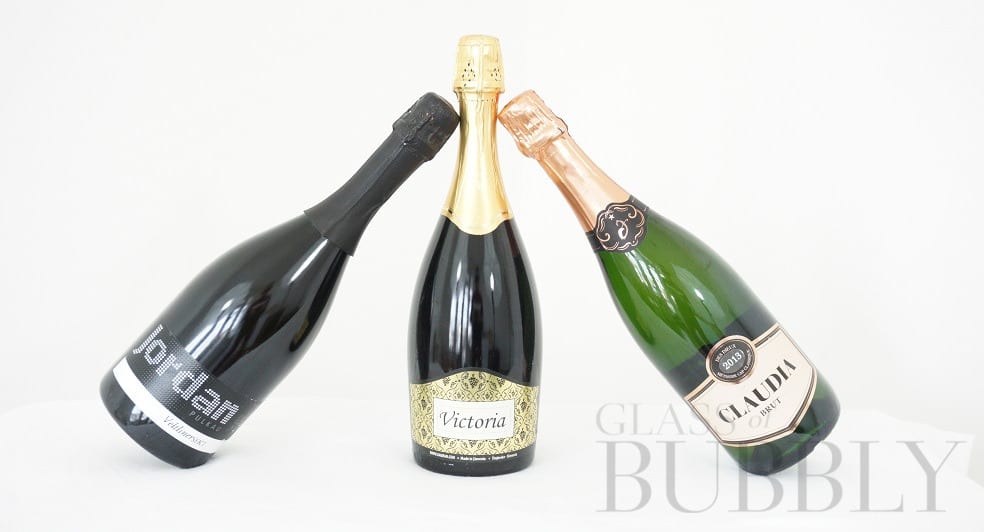How the Modern Champagne Bottle was Created
13th July 2022

Your belief could be that the only difference that lies between a bottle of random wine and a bottle of Champagne is the content that is inside the bottle. However, you need to be aware that the case is otherwise. The Champagne bottle is a completely distinct type of container. It is specifically made to hold the raucous bubbles inside and still look lovely. Simply put, it is a precision engineering achievement deserving of the royal beverage. There are modern ways of designing a wine bottle and you can find so many templates on create.vista.com.
Georg Christian Von Kessler was inspired to embark on a mission to create an unbreakable fizz bottle after his first disastrous 1826 vintage of German sparkling wine. Approximately half of the manufacturing was damaged. Kessler learnt the art of making Champagne while working at Veuve Cliquot Ponsardin in Reims, where he later fell in love with the firm’s owner, Barbe-Nicole Clicquot Ponsardin, the Cliquot widow and a director of the company. After his return to Germany in 1825, he established Kessler, the first German sparkling wine cellar, in Esslingen.
Then, in the secluded valley of Baiersbronn in the Black Forest, he traveled to the Buhlbach Glassworks. At that period cellarmasters were known to use iron masks to shield themselves from flying glass. Johann Georg Böhringer, the proprietor of a glassmaking plant, and his employee Franz K. Klumpp created the modern Champagne bottle here, which is known as the ‘Buhlbacher Schlegel’ and it later became the standard bottle for the Champagne industry.
Without the Buhlbacher Schlegel bottles, Kessler most likely would not have been able to take the lead in sparkling wine production in Germany. Buhlbach glassmakers used a cutting-edge punt in the bottom of the bottle and brand-new pressure-proofed glass. Along with the one and a half liter versions, they also produced the bottles in larger sizes. Champagne was always kept in green bottles to protect it from sunshine and light. It was reported that many French producers wanted the Buhlbacher Schlegel bottles to fill up their Champagne since the quality was so great.

Paying attention to the bottle, it is easy to note that a wine bottle is slightly wider than a standard Champagne bottle. Champagne bottles, however, must be as elegant as the wine they contain. Champagne bottles have slim, sloping shoulders that descend from the neck, similar to a Burgundy-style bottle. Additionally, they have a dimple on the bottom. The aim of this dimple is to strengthen the base of the bottle while also making it easier to handle when pouring or riddling. What do we mean by riddling? It is the process of turning and shaking Champagne bottles once every two days to push sediments to the neck of the bottle.
In order to withstand the pressure put on it by the wine when it carbonates during the second fermentation process, Champagne bottles are built of thicker, heavier glass. The pressure in a typical 75 ml bottle of Champagne is reported to be up to three times that of a typical automobile tire, so the glass needs to be sturdy to prevent explosions.
Although bottles with larger volumes can be obtained from other makers, the quality usually suffers because the Champagne must be decanted into them from smaller bottles. When it comes to Champagne bottles, you just need to pop the cork on your Champagne and enjoy it. But as time goes on, you will see that even Champagne corks differ from regular wine corks. Champagne corks are composites comprised of several different cork varieties that have been glued together. Because of the pressure inside the bottle, they are not straight like conventional wine corks and instead have a mushroom shape.
Before being inserted into the bottle’s neck, the bottom portion is squeezed before expanding and pressing firmly against the glass. This prevents any gas from escaping the bottle and ensures that the Champagne keeps its fizz. The lowest part of the cork will soon take on a mushroom shape when it is removed; the more it expands, the better the cork. During sealing, a metal wire clip with a foil are wrapped around the mushroom’s rounded top in order to guarantee its security. When you want to open it, you just need to take off the foil, twist the wire clip, take it off, and carefully pry the cork out.
Asides from the first method, you can also cut off the top with a huge knife. Find the bottle’s seam first, which runs from top to bottom. The Champagne bottle’s weakest area is where the seam and lip meet at the top. After that, take off the foil and strike the bottle’s lip. The Champagne will burst forth neatly from the broken glass as a result of the pressure inside the bottle. These techniques have made the modern Champagne bottle stand out when compared to others.
![]()
Glass of Bubbly Content
Content shared by this account is either news shared free by third parties or advertising content from third parties and affiliations. Please be advised that links to third party websites are not endorsed by Glass of Bubbly Ltd - Please do your own research before committing to any third party business promoted on our website.
